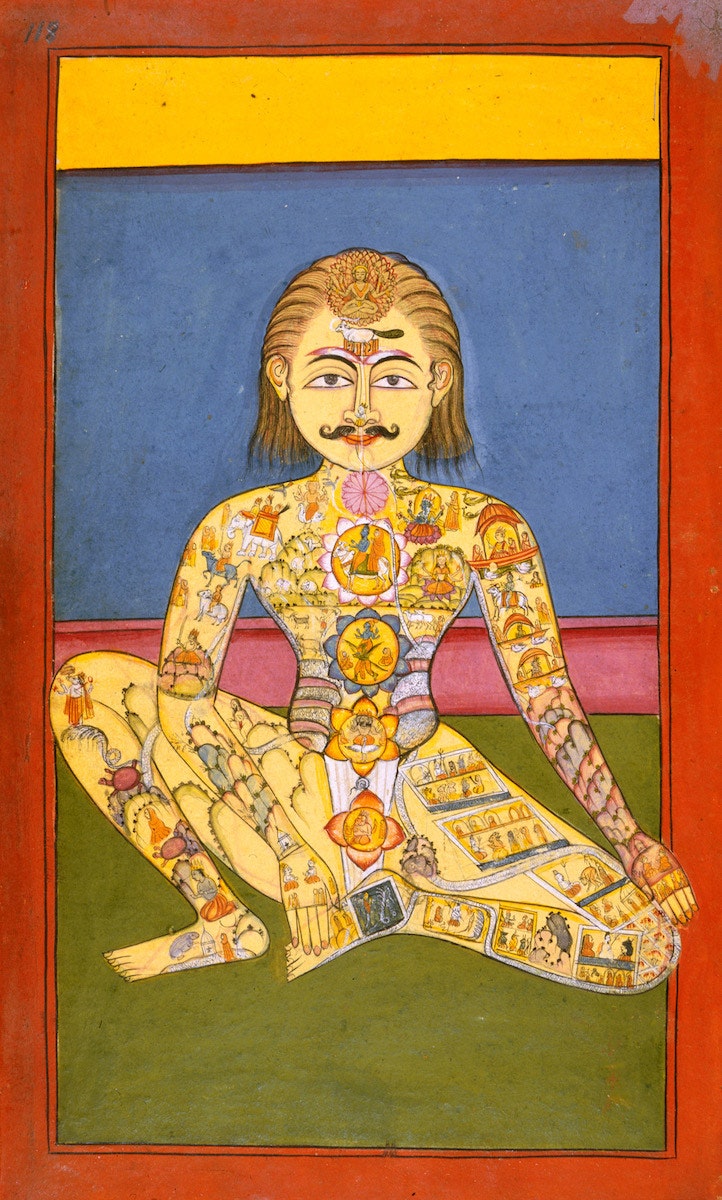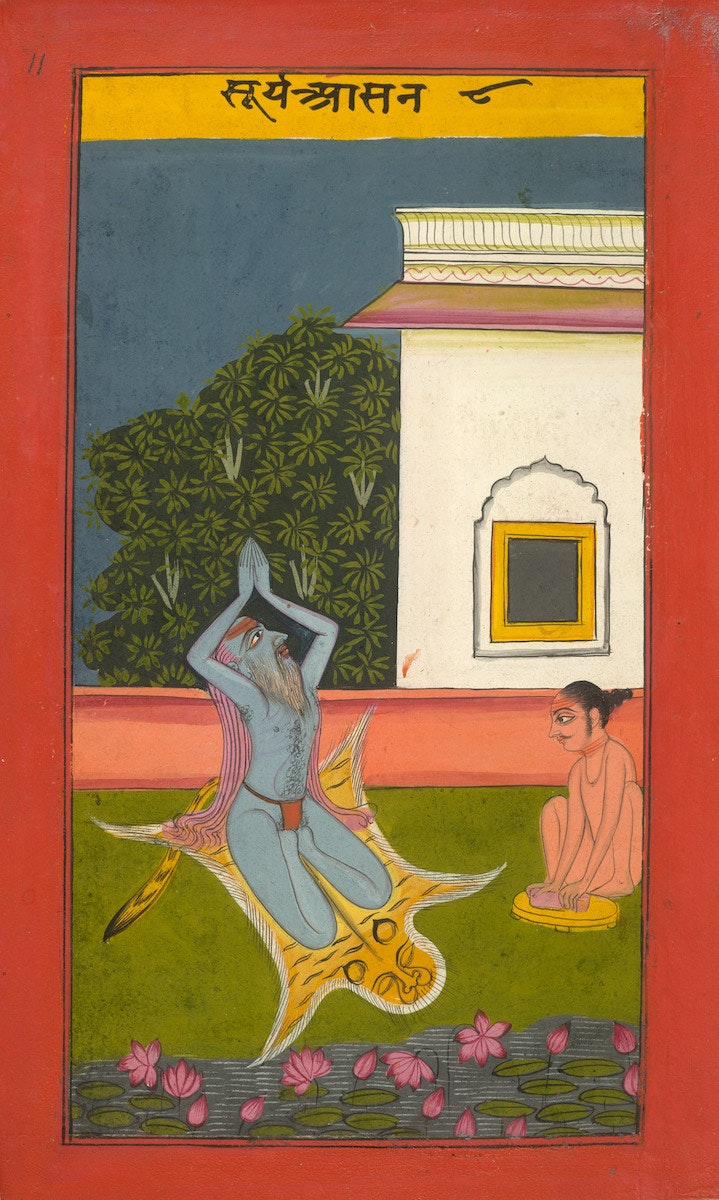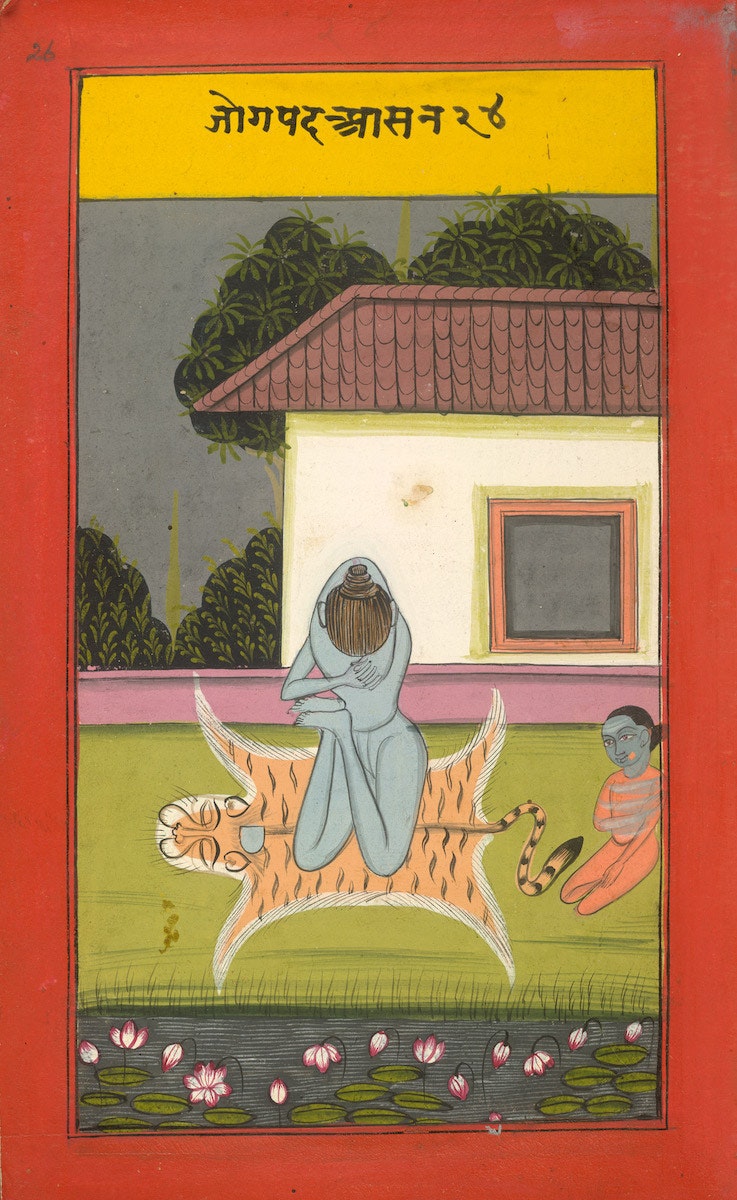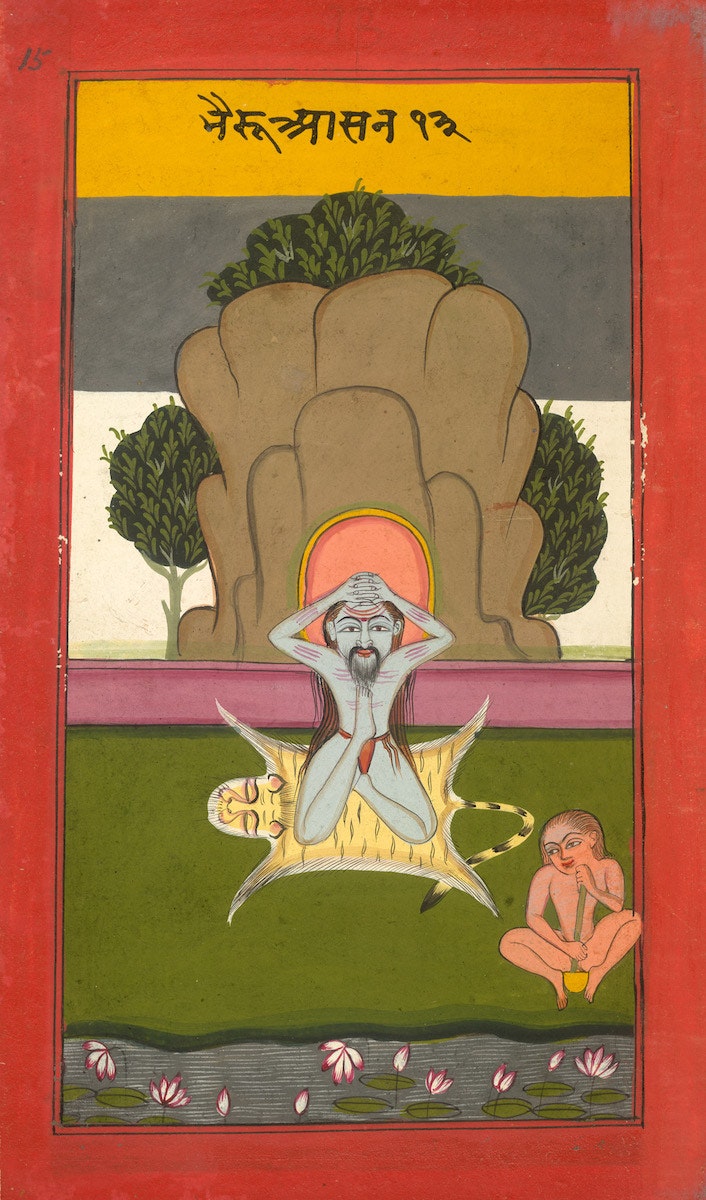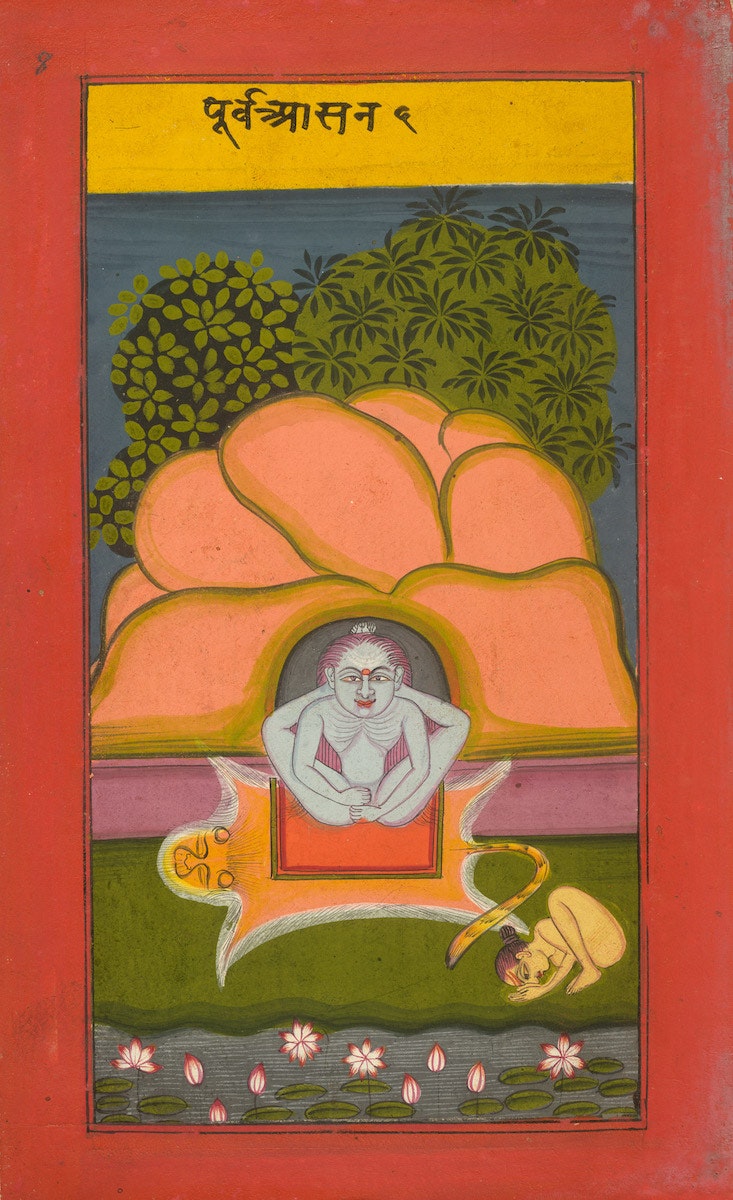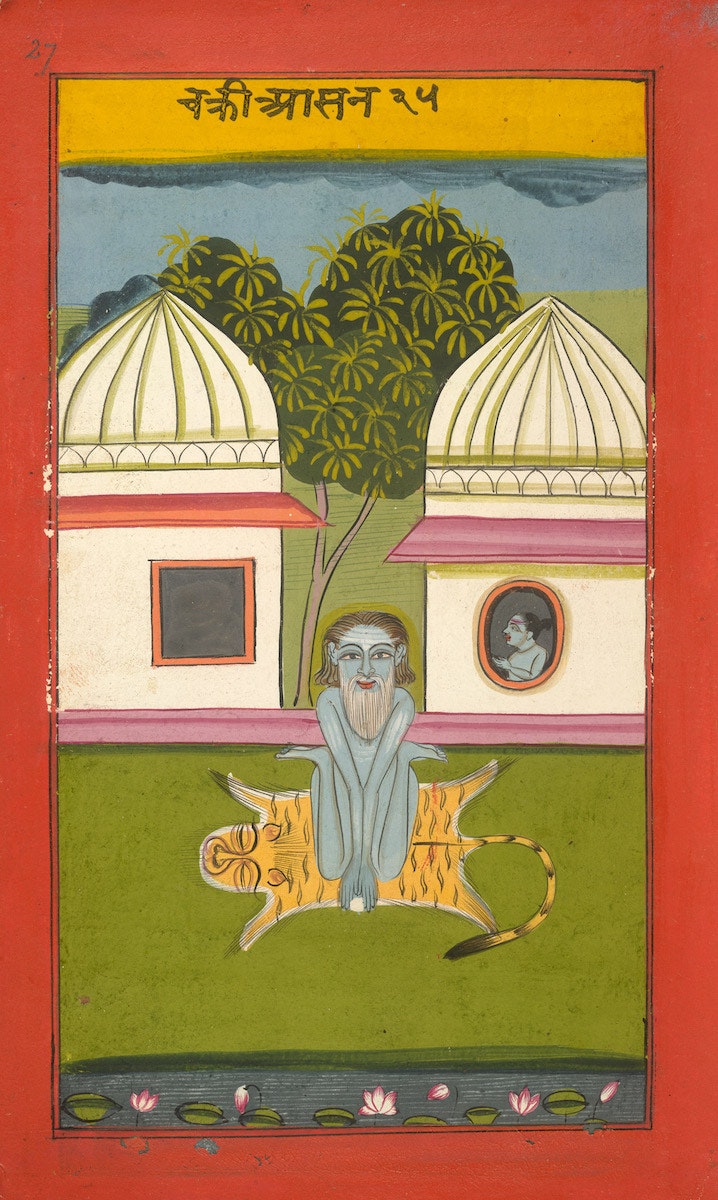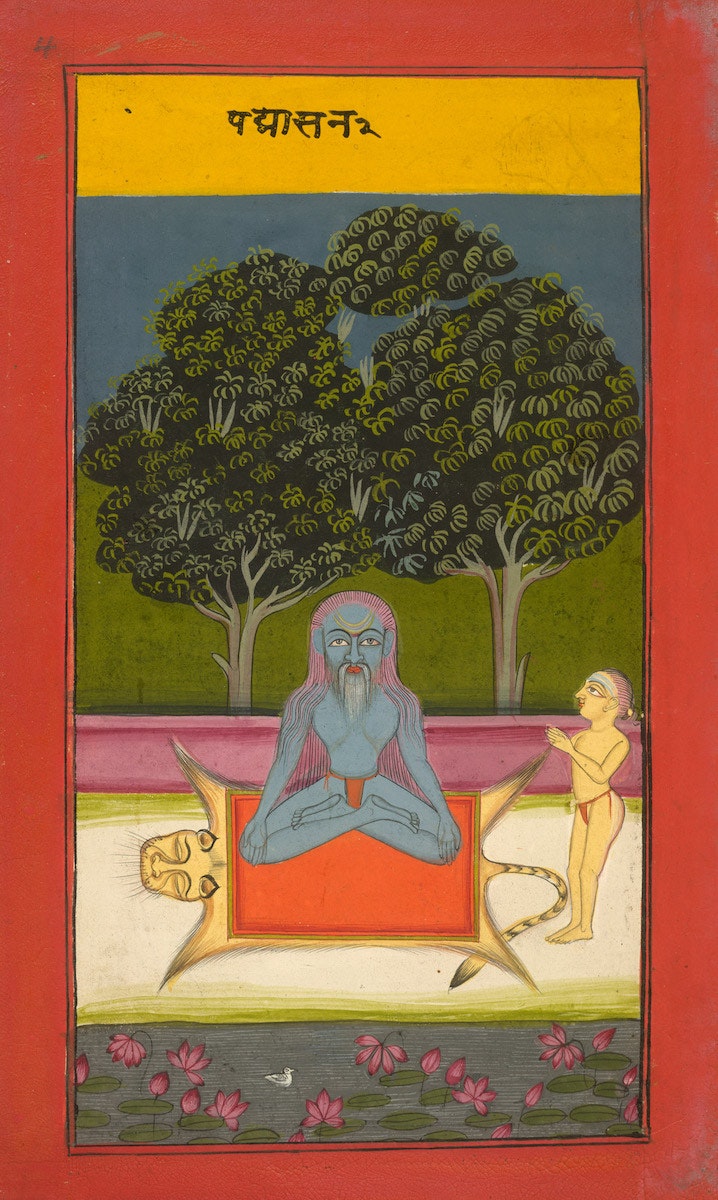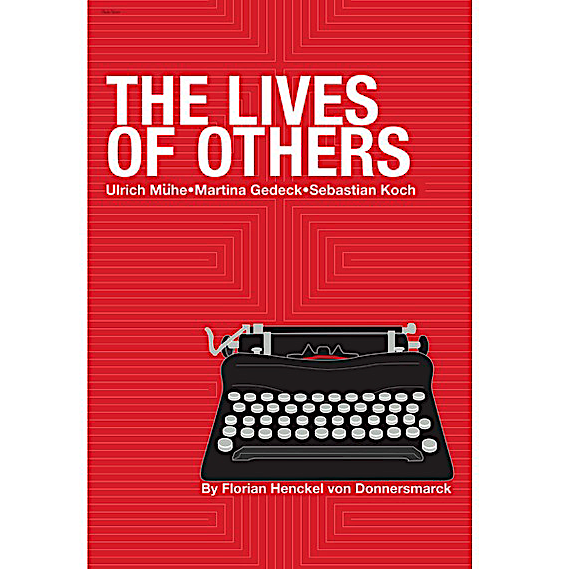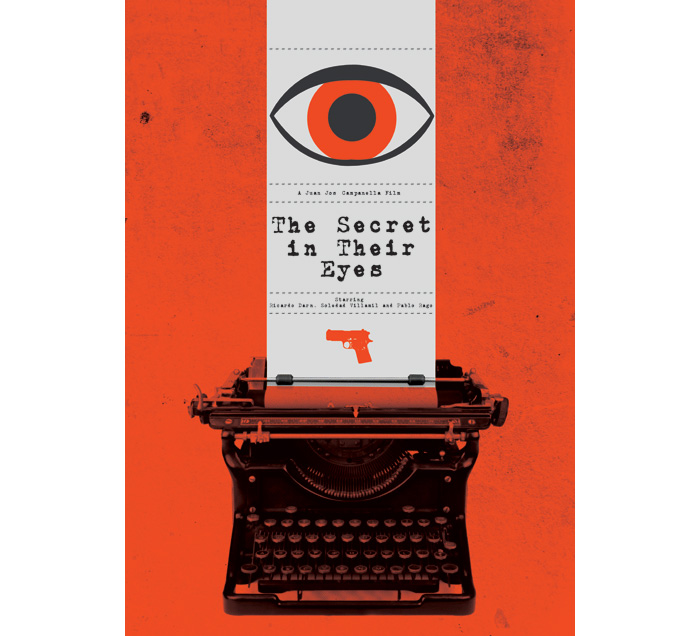Boilerplate human interest stories about the habits of particularly spry centenarians just don’t cut it anymore. Living a long, healthy, and happy life, we know, involves more than making the right individual choices. It means living in societies that make good choices readily available and support the individuals making them. Nutrition research has borne this out — just scan the latest popular food book titles for the word “Mediterranean,” for example, or input the same search term in an academic database, and you’ll pull up hundreds of results. Even fad diets have shifted from promoting individual celebrities to celebrating whole regions.
Scientists have identified a handful of places around the world, in fact, where diet and other ordinary lifestyle and social factors have led to the outcomes governments spend billions trying, and failing, to achieve. One of these regions is — yes — squarely in the Mediterranean, the Greek island of Ikaria, “named one of the healthiest places on earth,” writes Greek City Times, “a spot of exceptional longevity. Here, there are more healthy people over 90 than any other place on the planet.” Ikaria is just one of five so-called “Blue Zones” — which also include Sardinia, Italy, Okinawa, Japan, Nicoya, Costa Rica, and Loma Linda, California — where inhabitants regularly live healthy lives into their 90s and beyond.
In the Vice video above, you can meet some of the residents of Ikaria, where 1 in 3 people live past 90, and learn about some of the factors that contribute to long life in blue zones, and in Ikaria in particular. Great weather doesn’t hurt. Most important, however, is local, fresh food, and lots of it. “The most important thing is the food,” says an Ikarian cook as she prepares a batch of fresh-caught fish. “Because you live with it. You eat the right way, everything works the right way.” This is a much better way of saying “you are what you eat.” As Max Fisher points out in a bulleted list of the Greek Island’s “secrets to long life,” things “working the right way” plays a huge role in longevity.
Not only do older people in Ikaria walk everywhere and continue working into their elderly years – happily but not under duress – they also report very healthy sex lives, part of a network of habits that socially reinforce each other, Fisher writes. Hear Ikarian residents above contrast their lives on the island with their lives in fast-paced modern cities where they traded health and wellbeing for more money. Read Fisher’s full list (excerpted below) at The Washington Post.
1) Plenty of rest.
2) An herbal diet.
3) Very little sugar, white flour, or meat.
4) Mediterranean diet.
5) No processed food.
6) Regular napping.
7) Healthy sex lives after 65.
8) Stay busy and involved.
9) Yes, exercise.
10) Little stress of any kind.
11) “Mutually reinforcing” habits.
Related Content:
10 Longevity Tips from Dr. Shigeaki Hinohara, Japan’s 105-Year-Old Longevity Expert
How to Live to Be 100 and Beyond: 9 Diet & Lifestyle Tips
Book Readers Live Longer Lives, According to New Study from Yale University
Life Lessons From 100-Year-Olds: Timeless Advice in a Short Film
Josh Jones is a writer and musician based in Durham, NC. Follow him at @jdmagness

